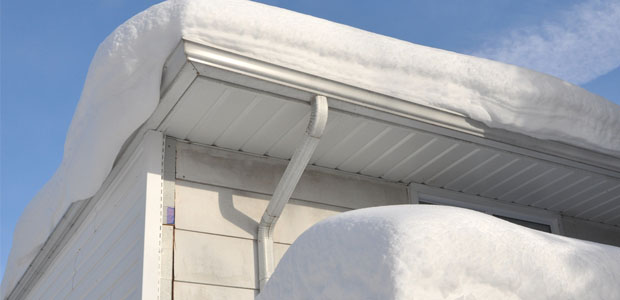
OSHA Reminds Workers and Employers to be Safe While Removing Snow from Rooftops
The agency made the announcement following southwestern Idaho's record snowfall. Winter storms are affecting much of the northern half of the country this week.
OSHA is urging workers and employers in southwestern Idaho to be aware of the hazards that exist when removing snow and ice from rooftops and other elevated surface, but the warning also applies to workers throughout the northern half of the United States, where winter storms are causing outages, accidents, and damage this week.
"OSHA reminds workers, employers and the public in general to take precautions and to be aware that snow removal can be hazardous. Safety must be a number one priority," said David Kearns, OSHA's area director in Boise. "As people work to remove snow from roofs and other elevated surfaces, proper fall protection is essential. With these safeguards, falls are wholly preventable. Despite these warnings, falls remain the leading cause of serious injuries and deaths during snow removal."
A brief OSHA guide, which the agency recommends employers download and distribute, explains the process of safe snow removal. The guide includes tips on the following topics: preventing falls during snow removal, removing snow without going on a roof, evaluating load bearing on a roof or structure, using the required fall protection, and using ladders safely.